By
Cecilia Sandroni
East Meets West. The Maritime Silk Road during the 13th-17th Centuries
Among the trade routes that have developed over the centuries, the Silk Road is the oldest and historically most important, with its road network extending over 8,000 kilometers across Europe, the Middle East and Central Asia. His name for us Italians evokes the ventures, travels and narratives of Marco Polo and his “Il Milione”, linked to images of perfumes, exotic spices and caravans packed with precious goods.
Perhaps less well-known, but equally relevant is the other “Silk Road”, the maritime one. Thanks to extensive archaeological research, today we are aware of the Maritime Silk Road – or that corridor of routes from Asia which reached Africa and the Mediterranean basin, by connecting China with many foreign countries since the Han Dynasty period (206 BC- 220 AD).
Thanks to this research, we are now aware of the fact that the Maritime Silk Road has been much more than a purely commercial route. Through the exchange and transport of goods, nations and peoples have reciprocally acquired new ideas, technical and philosophical knowledge and religious cults, in a mutual exchange that has contributed to the development of successive modern societies.
From September 29, 2017 to January 28, 2018, in the fifteenth-century halls of Palazzo Venezia, the exhibition East meets West: The Maritime Silk Road from the 13th to the 17th century will present over 100 objects from the period between the 13th and the 17th century, from the Song dynasty (960 – 1279) to the late Ming dynasty (1368 – 1644).
In the four thematic sections: the Silk Road, the Way of Spices and Porcelain, the Way of Religions and the Way of Cultures, countless precious artifacts will be displayed: porcelain, jewels, thirsts, spices, paintings, objects of common use of carved stone, metal or wood, witnessing the vitality of commercial activities and cultural and technological exchanges. Among the most significant pieces are the Silver Ewer with a dragon-shaped handle (XIX sec).
Featuring scenes from the traditional Chinese opera; the porcelain statue of Guanyin Bodhisattva (Ming dynasty, 1368-1644 AD) from the Dehua kiln – a site devoted mainly to the exportation – showing particular affinities with Marian iconography of Christianity; the white and blue ceramic with the crucifixion of Christ (Qing Dynasty, 1662 – 1722); and also the carved ingot produced by the fusion of Western gold; or the gold crown decorated with precious gemstones found in the tomb of Prince Liangzhuang (Ming Dynasty, 1368-1644 AD) along with other jewels produced in the West.
Some of the objects on display come from ancient wrecks, such as the one found in the shipwreck of Nanhai I in the Song Age (960-1279 AD), and those of the Wanli and Nan’ao of the Ming Dynasty (1368-1644 AD).
National Museum of Palazzo Venezia – Fifteenth-century halls – September 29, 2017 – January 28, 2018.
Cecilia Sandroni
Cecilia Sandroni is a member of the Foreign Press in Rome, in addition to being an expert of international relations in communication. Her skills range from film to photography with a passion for human rights. Independent, creative, concrete, she has collaborated with major Italian and foreign institutions for the realization of cultural and civil projects.

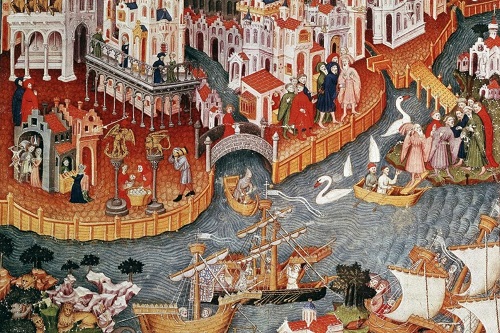
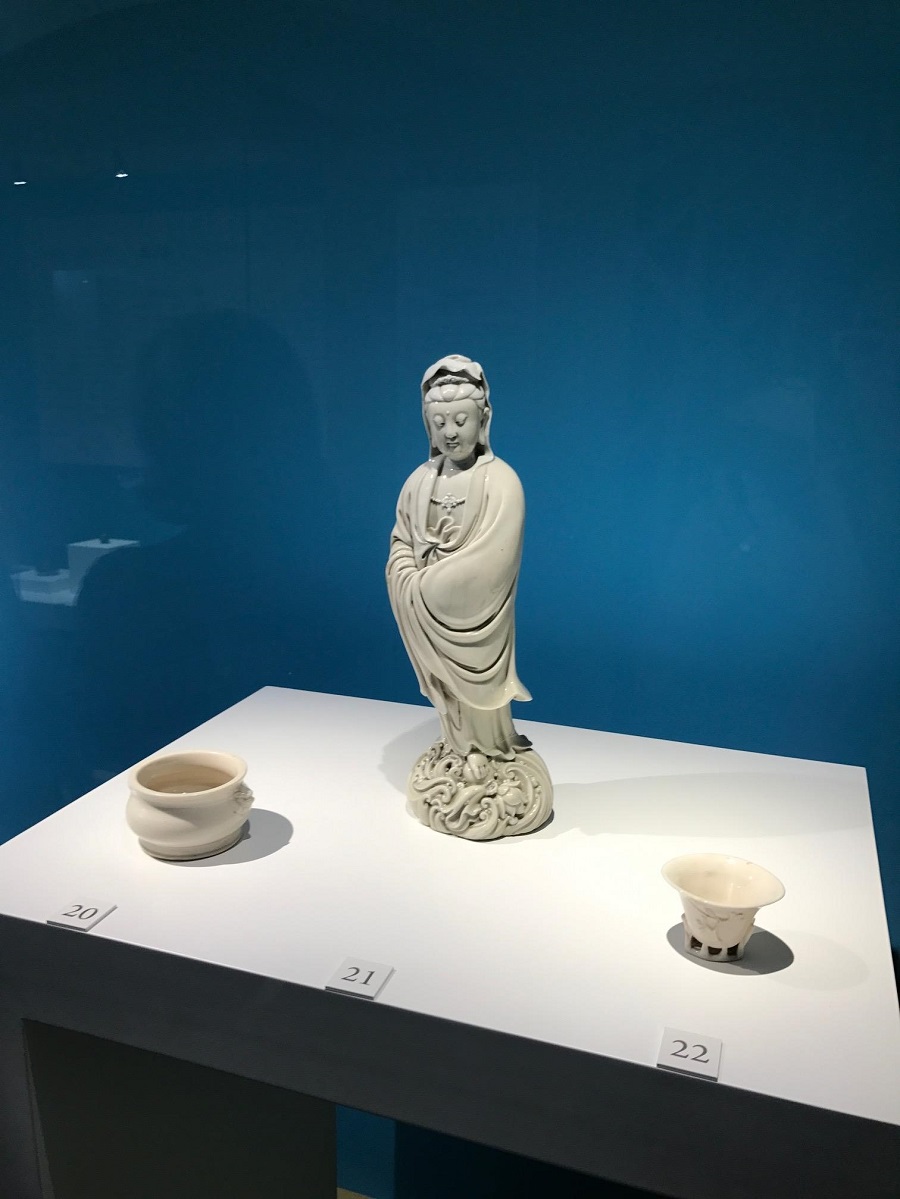
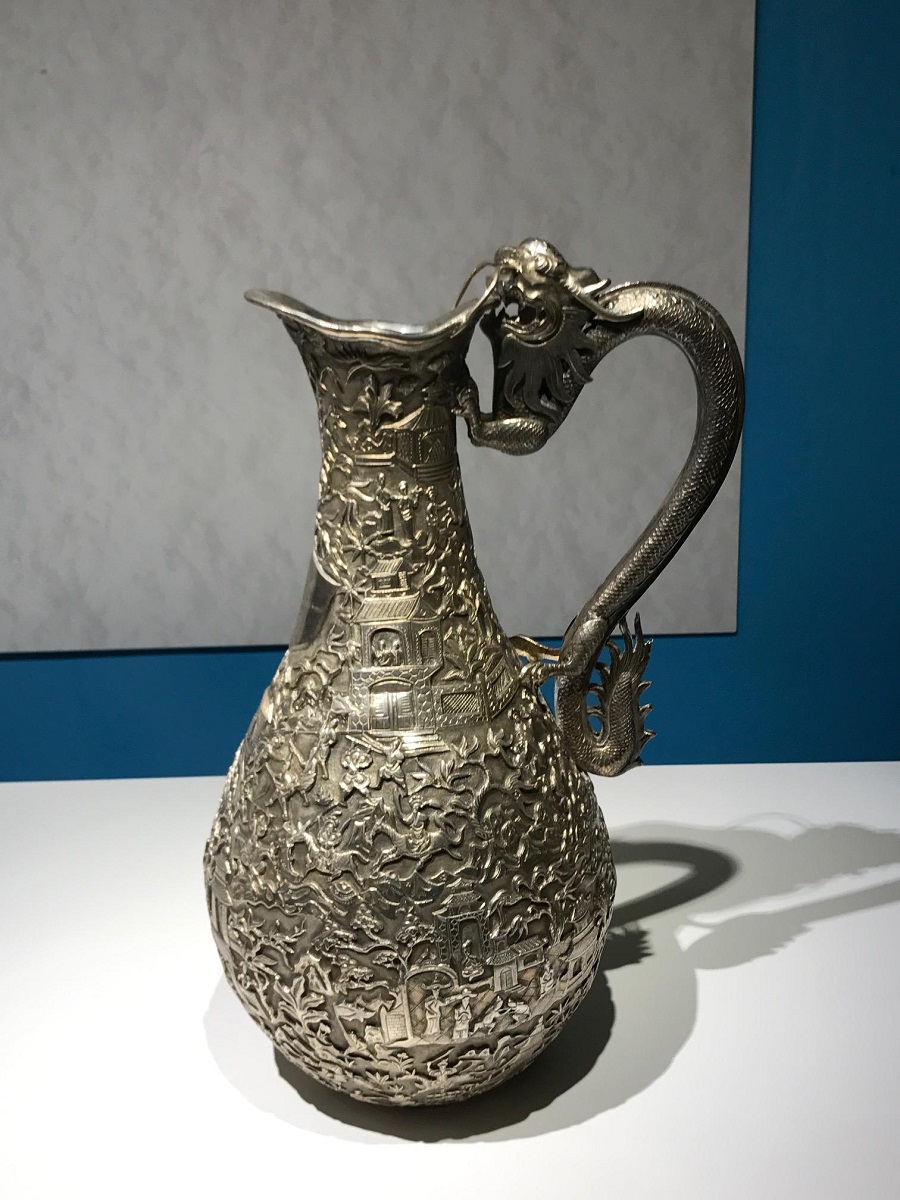
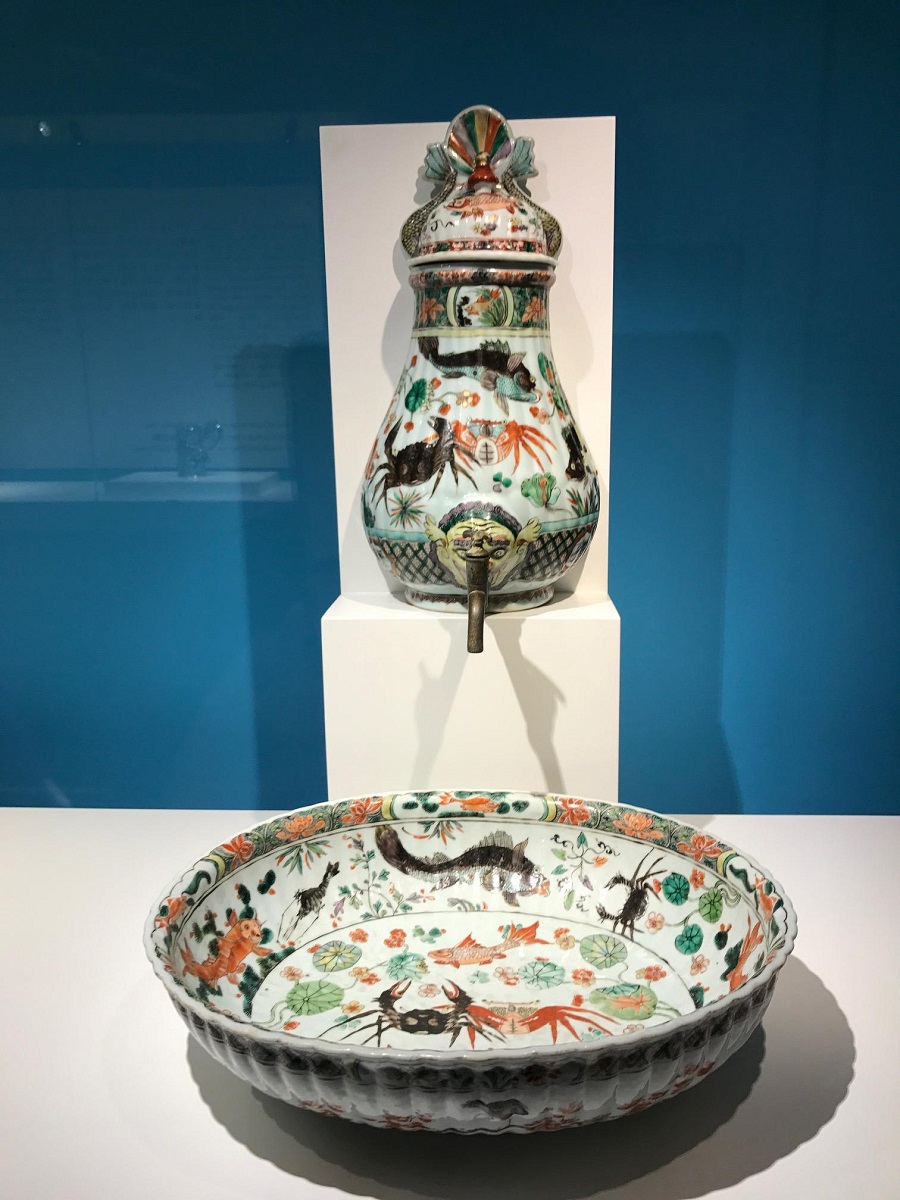
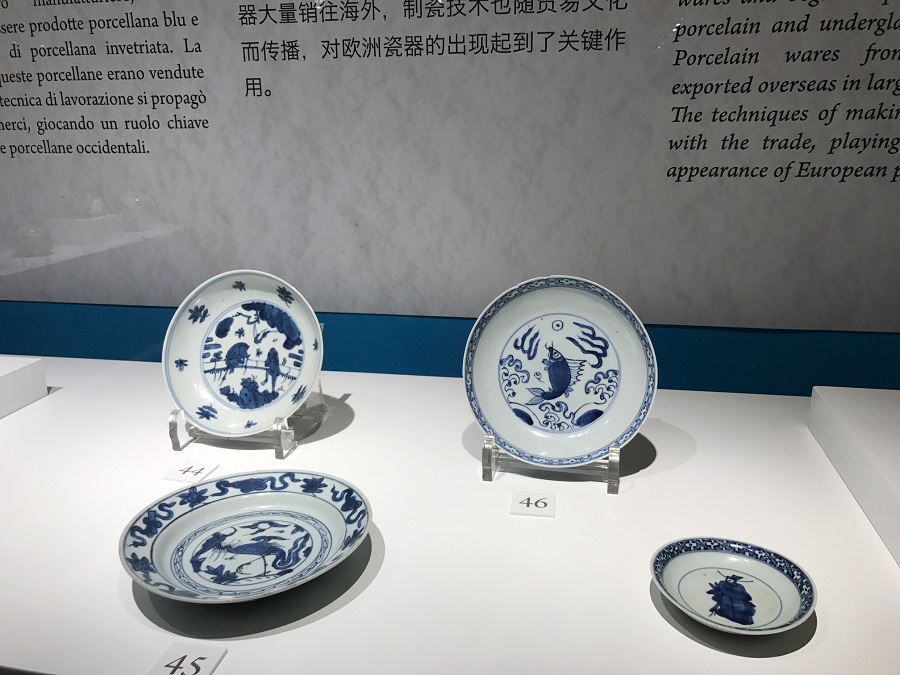

No Comments Yet!
You can be first to comment this post!